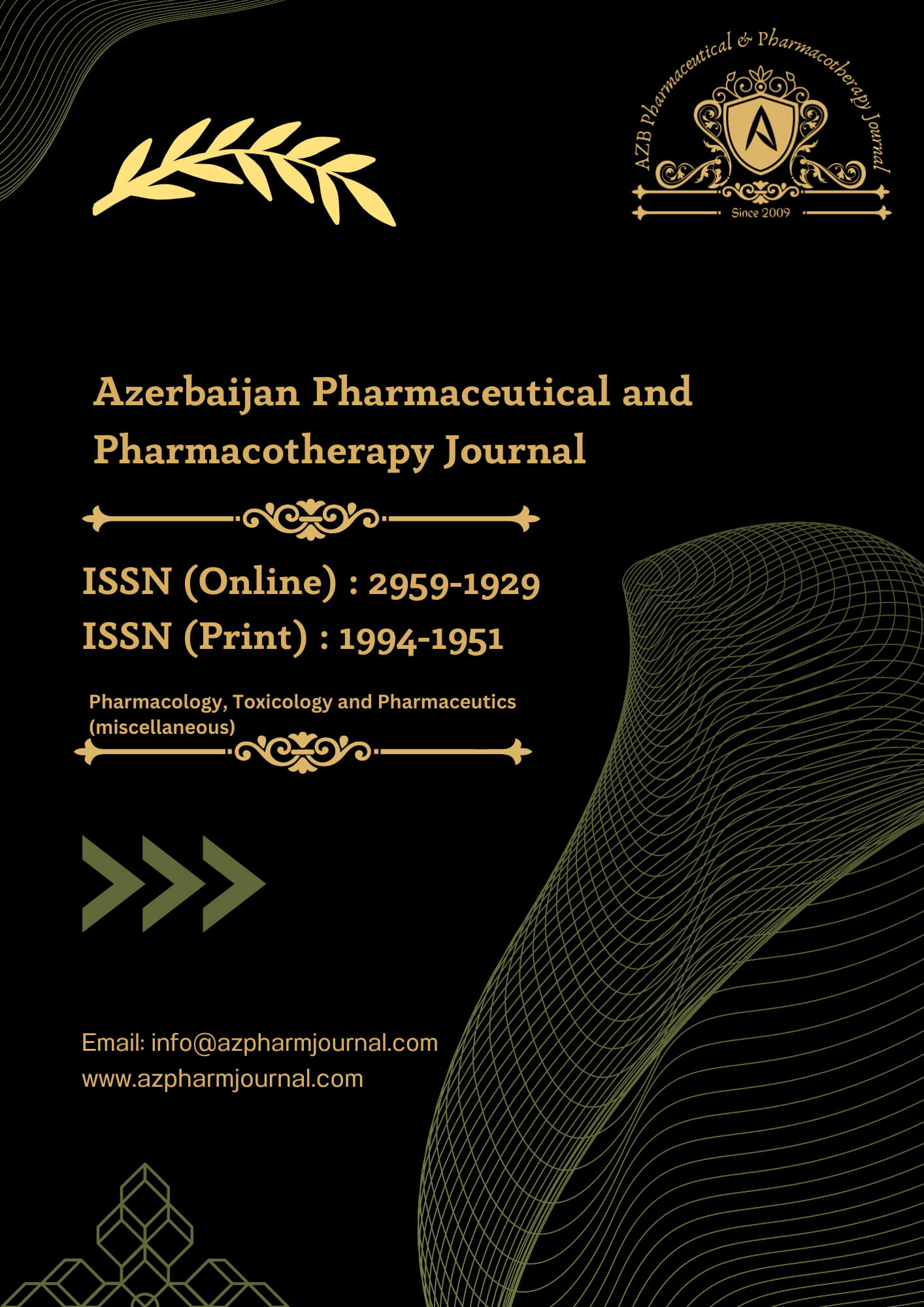2. Experimental
Materials and Instrumentation
Melting points were determined using an electrothermal melting point apparatus. Infrared spectra were recorded on a PerkinElmer grating infrared spectrophotometer using KBr pellets. NMR spectra were measured using a BRUKER-500 MHz (\(^1\)H: 500 MHz) spectrometer, with SiMe4 serving as the internal reference for \(^1\)H NMR readings. Mass spectrometry was conducted on a JEOL JMSAx 500 model spectrometer. Standard drying methods were employed for solvents, and Merck 0.2 mm silica gel 60 F254 aluminum plates were used for thin-layer chromatography (TLC). Elemental analysis was carried out at the Microanalysis Laboratory, Cairo University, Egypt, yielding results in good agreement with expected values. The synthesis of 4-oxo-2-thioxo-1,2,3,4-tetrahydropyrimidine-5-sulphonyl chloride (2) was performed [5].
General Procedure for Synthesis of 4-oxo-2-thioxo-1,2,3,4-tetrahydropyrimidine-5-sulphonamides (3a-e)
The synthesis of 4-oxo-2-thioxo-1,2,3,4-tetrahydropyrimidine-5-sulphonamides (3a-e) involved refluxing 2 (1.13 mole) and the corresponding amino compound (1.13 mole) - namely, 2-amino-5-(4-nitrophenylsulphonyl)thiazole, 2-amino-5-nitropyrimidine, 2-(4-aminophenyl)-6-methylbenz- othiazole, 2-amino-1,3,4-thiadiazole, and 3-amino-1,2,4-triazole - in DMF (50 ml) with pyridine (0.016 mole) for 15 hours. After cooling, the resulting precipitate was collected, and recrystallization from DMF/water yielded the desired compound.
N-(4-(4-Nitrophenylsulfonyl)thiazol-2-yl)-4-oxo-2-thioxo-1,2,3,4-tetrahydropyrimidine-5-sulfonamide (3a)
(Yield: 73%). mp 261-263\(^\circ\)C; IR (KBr, cm\(^{-1}\)) \(V_{\text{max}}\): 3233, 3210, 3180 (3NH’s), 3176 (CH, aromatic), 1683 (C=O), 1350, 1560 (NO\(_2\)), 1174, 1322 (SO\(_2\)), 1277 (C=S); \(^1\)H NMR (500 MHz, DMSO): \(\delta\) = 7.59-8.06 (m, 6H, Ar-H, pyrimidine H-6 and thiazole H-5), 9.90, 10.59, 11.29 (3s, 3H, NH’s exchangeable \(D_2O\)) ppm; Mass spectrum: m/z 474 [M+]. Found, %: C, 32.84; H, 1.91; N, 14.73. \(C_{13}H_{9}N_{5}O_{7}S_{4}\) (475.50). Calculated, %: C, 32.77; H, 1.86; N, 14.84.
N-(5-Nitropyrimidin-2-yl)-4-oxo-2-thioxo-1,2,3,4-tetrahydropyrimidine-5-sulfonamide (3b)
(Yield: 70%). mp 255-257\(^\circ\)C; IR (KBr, cm\(^{-1}\)) \(V_{\text{max}}\): 3233, 3208, 2213 (3NH’s), 1665 (C=O), 1359, 1547 (NO\(_2\)), 1354, 1144 (SO\(_2\)), 1264 (C=S); \(^1\)H NMR (500 MHz, DMSO): \(\delta\) = 7.97 (2s, 2H, pyrimidine H’s), 8.02 (s, \(^1\)H, pyrimidine H-5), 9.10, 9.92, 10.83 (3s, 3H, NH’s exchangeable \(D_2O\)) ppm; Mass spectrum: m/z 329 [M+]. Found, %: C, 29.09; H, 1.83; N, 25.44. \(C_8H_6N_6O_5S_2\) (330.30). Calculated, %: C, 29.17; H, 1.92; N, 25.56.
N-(4-(6-Methylbenzo[d]thiazol-2-yl)phenyl)-4-oxo-2-thioxo-1,2,3,4-tetrahydropyrimidine-5-sulfonamide (3c)
(Yield: 67%). mp 290-292\(^\circ\)C; IR (KBr, cm\(^{-1}\)) \(V_{\text{max}}\): 3238, 3221, 3145 (3NH’s), 3187 (CH, aromatic), 1680 (C=O), 1170, 1325 (SO\(_2\)), 1271 (C=S); \(^1\)H NMR (500 MHz, DMSO): \(\delta\) = 2.01 (s, 3H, CH\(_3\)), 7.56-8.58 (m, 8H, Ar-H, pyrimidine H-6 and benzothiazole-H), 9.46, 9.95, 10.95 (3s, 3H, NH’s exchangeable \(D_2O\)) ppm; Mass spectrum: m/z 430 [M+]. Found, %: C, 50.22; H, 3.28; N, 13.01. \(C_{18}H_{14}N_4O_3S_3\) (430.52). Calculated, %: C, 50.30; H, 3.34; N, 13.11.
4-Oxo-N-(1,3,4-thiadiazol-2-yl)-2-thioxo-1,2,3,4-tetrahydropyrimidine-5-sulfonamide (3d)
(Yield: 77%). mp 281-283\(^\circ\)C; IR (KBr, cm\(^{-1}\)) \(V_{\text{max}}\): 3251, 3221, 1129 (3NH’s), 3177 (CH, aromatic), 1686 (C=O), 1172, 1325 (SO\(_2\)), 1273 (C=S); \(^1\)H NMR (500 MHz, DMSO): \(\delta\) = 7.17 (s, \(^1\)H, thiadiazole-H-5), 8.19 (s, \(^1\)H, pyrimidine H-6), 9.95, 10.86, 11.30 (3s, 3H, NH’s exchangeable \(D_2O\)) ppm; Mass spectrum: m/z 290 [M+]. Found, %: C, 24.74; H, 1.73; N, 24.04. \(C_6H_5N_5O_3S_3\) (291.33). Calculated, %: C, 24.81; H, 1.63; N, 24.13.
4-Oxo-2-thioxo-N-(\(^1\)H-1,2,4-triazol-3-yl)-1,2,3,4-tetrahydropyrimidine-5-sulfonamide (3e)
(Yield: 79%). mp 244-246\(^\circ\)C; IR (KBr, cm\(^{-1}\)) \(V_{\text{max}}\): 3270, 3254, 3208, 1175 (4NH’s), 1687 (C=O), 1178, 1330 (SO\(_2\)), 1268 (C=S); \(^1\)H NMR (500 MHz, DMSO): \(\delta\) = 7.59 (s, \(^1\)H, triazole-H-5), 8.05 (s, \(^1\)H, pyrimidine H-6), 10.32, 10.87, 11.19, 11.42 (4br.s, 4H, NH’s exchangeable \(D_2O\)) ppm; Mass spectrum: m/z 274 [M+]. Found, %: C, 26.27; H, 2.20; N, 30.64. \(C_6H_6N_6O_3S_2\) (274.28). Calculated, %: C, 26.15; H, 2.29; N, 30.70.
